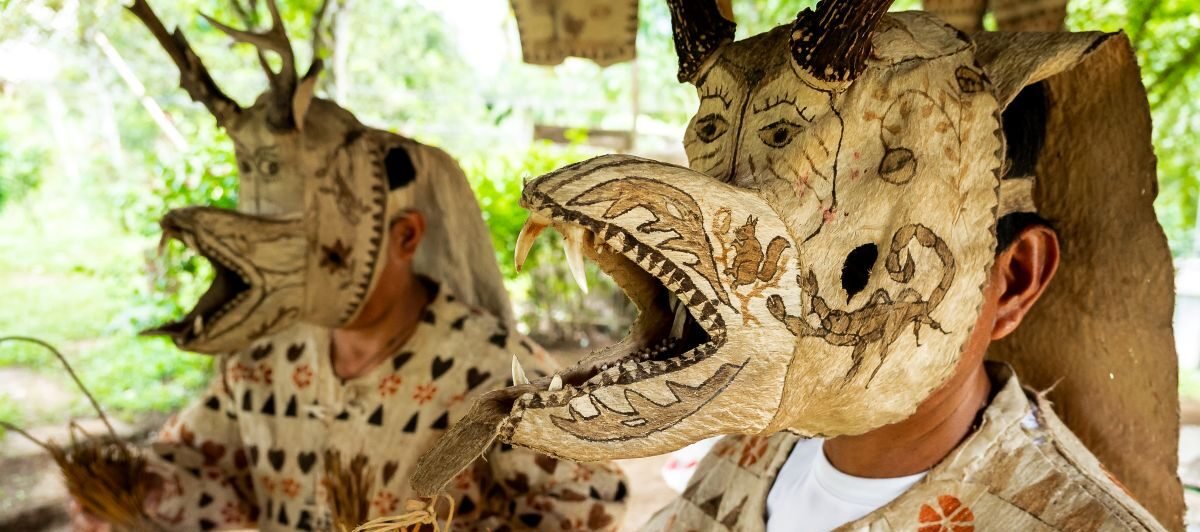
Where the Mountain Dances: Cucúa Devils in San Miguel Centro
Every year, as part of the Corpus Christi celebrations, the community of San Miguel Centro (Coclé Province) reproduces one of the most authentic traditions of Panamanian folklore: the Cucúa devils.. This cultural manifestation is notable for its connection with nature, its use of organic materials, and its deeply symbolic aesthetic.
By Alexa Carolina Chacón
Photos Rommel Rosales
“During the process of evangelization, both in this region and throughout the Isthmus in general, the earthly figure of the devil in Corpus Christi festivities served as the antagonist or adversary of good, as represented by the Blessed Sacrament,” notes folklore expert Krishna Camarena.
Cucúa plant fiber is also used in handicrafts in the forms of wallets, keyrings, and earrings, among other items, with designs of animals or plants found in and around the community.
The road to San Miguel Centro is a visual treat for the international visitors traveling with me. Lush green, Panamanian green, as far as the eye can see.
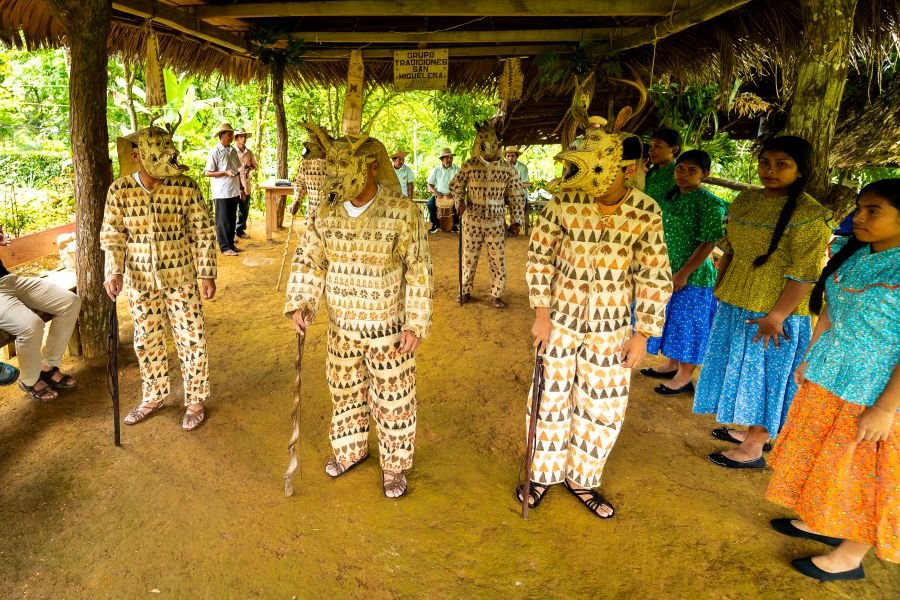

Hailing from the Isthmus, I’m accustomed to this pageant of nature; nonetheless, this area is a new adventure, even for me. We are heading toward the community in the company of Chef José Navarro of Endémico Lab, who invited a group of culinary experts to Panama for a chance to get to know the country inside out.Part of this experience consists of Part of this experience consists of observing and participating in the dance of the Cucúa devils, a folkloric manifestation native to this region of Panama.
Like many of the representations linked to Corpus Christi, the dance of the Cucúa devils was born of the encounter —and tension— between Catholic catechism and Indigenous cosmovisions. This expression is a treasure of Corpus Christi in Panama, but also a living testament to the syncretism that shapes the country’s identity: Indigenous, African, and Spanish traditions interweave in this ceremony that represents, literally, the battle between good and evil.
A Dance Born of the Forest
Unlike other devil dancers around the country, the Cucuás do not don flamboyant fabrics or embroidered capes. Their garments arefrom the earth. The bark of the cucuá (Poulsenia armata), from which the dance takes its name, is the principal material used in the costumes they wear. With white bark, wide leaves, and straight trunks, this tree grows near rivers and has formed part of indigenous cosmovision since time immemorial.
The cucúa tree grows straight and strong. It is no coincidence that it has become a symbol of this dance,” explains Krishna Camarena, expert in folklore and one of the voices that has documented this tradition.

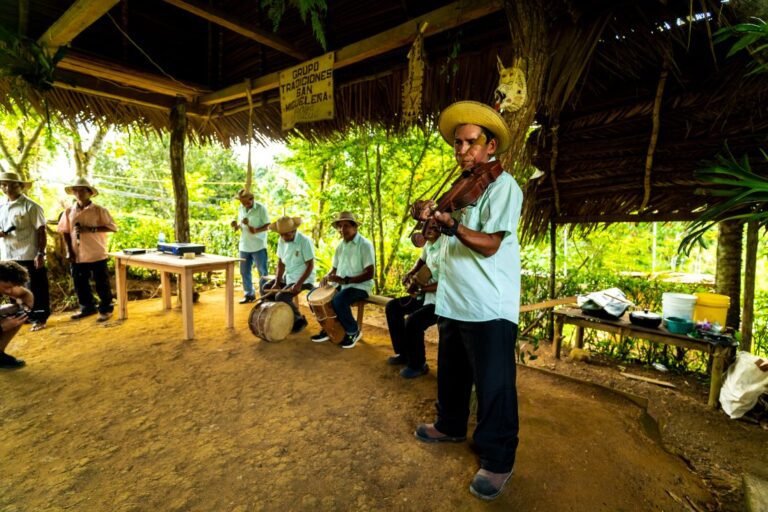
The complete outfit —shirt, trousers, and the characteristic nearly floor-length headdress— is made with vegetable fibers and natural dyes, extracted from plants like cowage or velvet bean, guami leaves, and turmeric, among others. The mask shows the influence of racial fusion: a frame incorporating bejuco vines, deer antlers, and peccary jawbone, all adorned with Christian symbols like the chalice, along with natural motifs of sun, moon, and stars.
This balance between nature and spirituality defines the aesthetic of the Cucuá. devils. They may look fierce, but there is no artifice. Every element of the outfit is a link to the mountain to the spirits that live there, and to the past that still permeates this land.
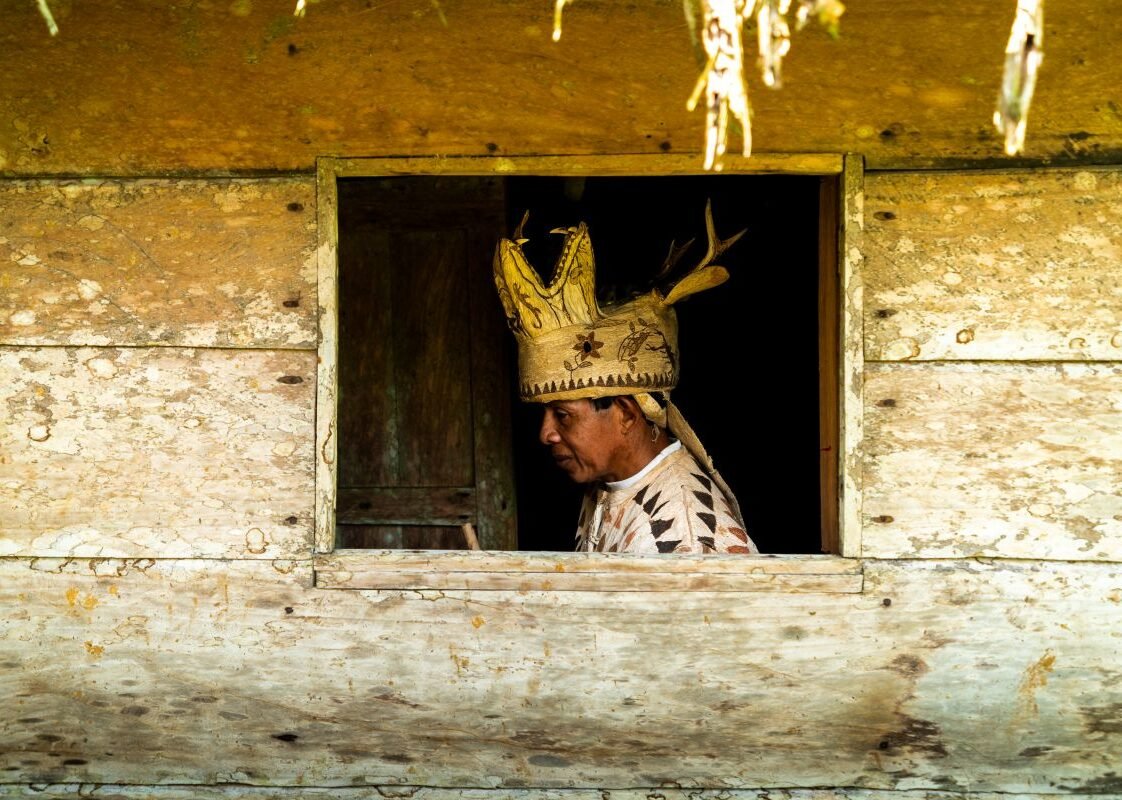
The Spirit of the Ceremony
Omar Ariel Rodríguez, a reporter who has researched the topic in depth, explains that on Corpus Christi, the ceremony begins with three sharp strikes of the handle of a whip against a wooden stake driven into the ground. It is the Great Devil , who opens the ceremony, reviews his troupe, and controls their entrance onto the stage. Behind them parade an odd number of the other characters: the captain, the lieutenant, and the dancers. They walk, seemingly sweeping the ground with the whip’s leather cords. Barefoot, they step to the beat of the drum. The refrains they chant —verses that blend Indigenous intonation with references to nature— elevate the dance to a kind of poetic ritual. “Redemption is represented by the act of falling at the feet of the Blessed Sacrament. It is a powerful moment in which evil submits to good,” emphasizes Rodríguez.
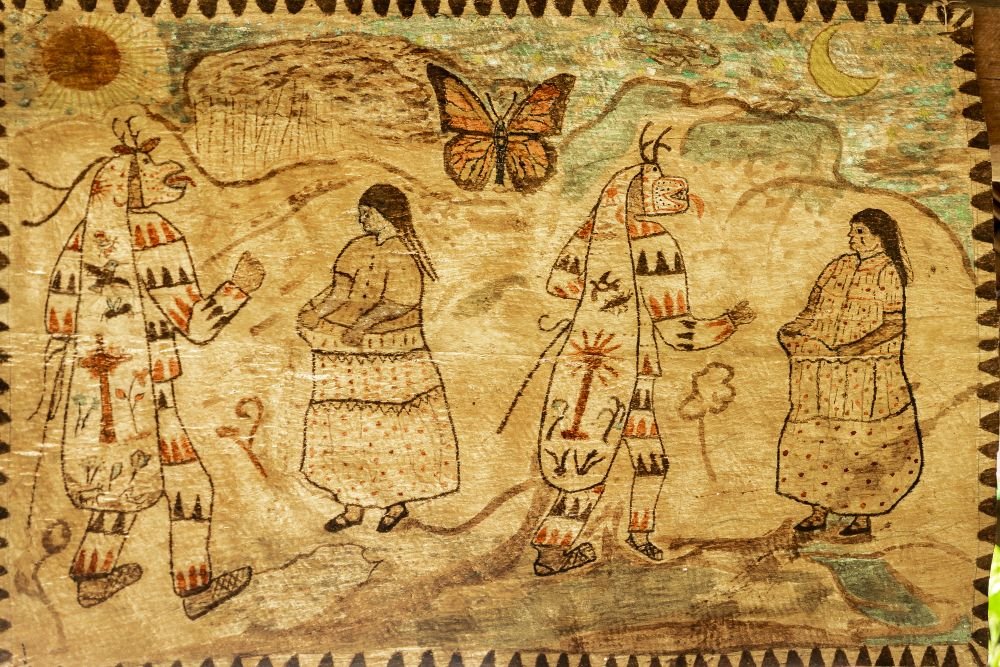
There was no Corpus Christi celebration on the day we visited, but every member of the community made us feel the passion they have for the festivities held every June. They are friendly, deliberate of speech, and marked by an uncommon spiritual openness. They would respectfully invite you to become familiar with every detail of their celebration.
By the People, For the People
The Cucúa devils are a collective endeavor. The entire community participates. The men go into the mountains in search of the tree, extract the bark, pound it with a wooden mallet, wash it, and dry it in the sun. Meanwhile, the women sew the outfits and extract the dyes from leaves and seeds. Together they shape the masks, attach bells to the shirts and perfect the rhythm of the drums.
Once exclusive to men, this dance is now open to both sexes.
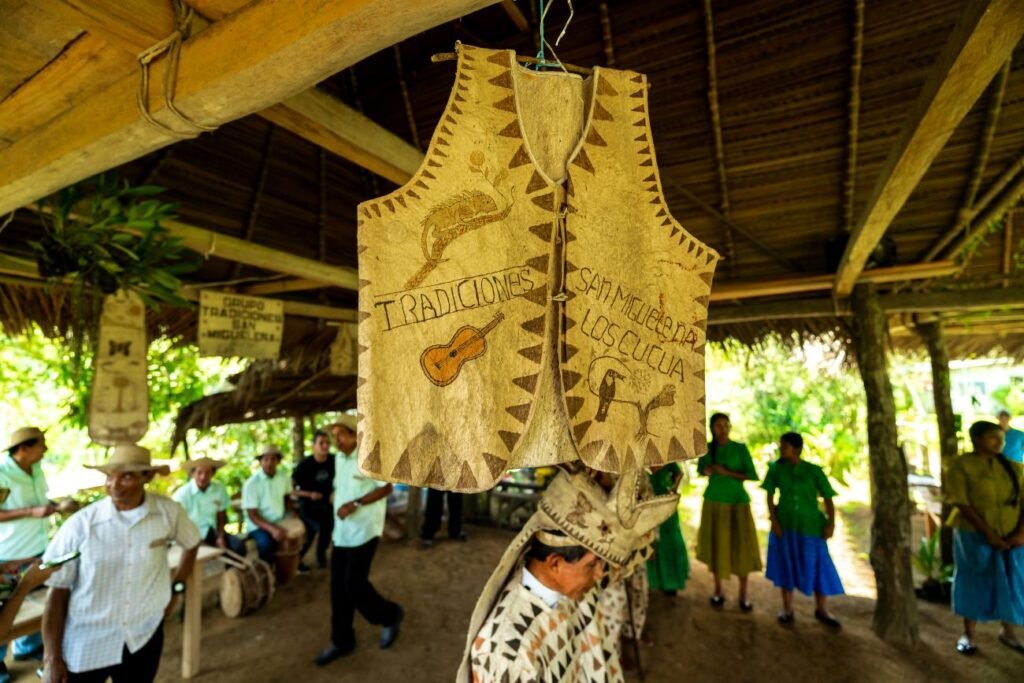
More than a Dance: Cultural Resistance
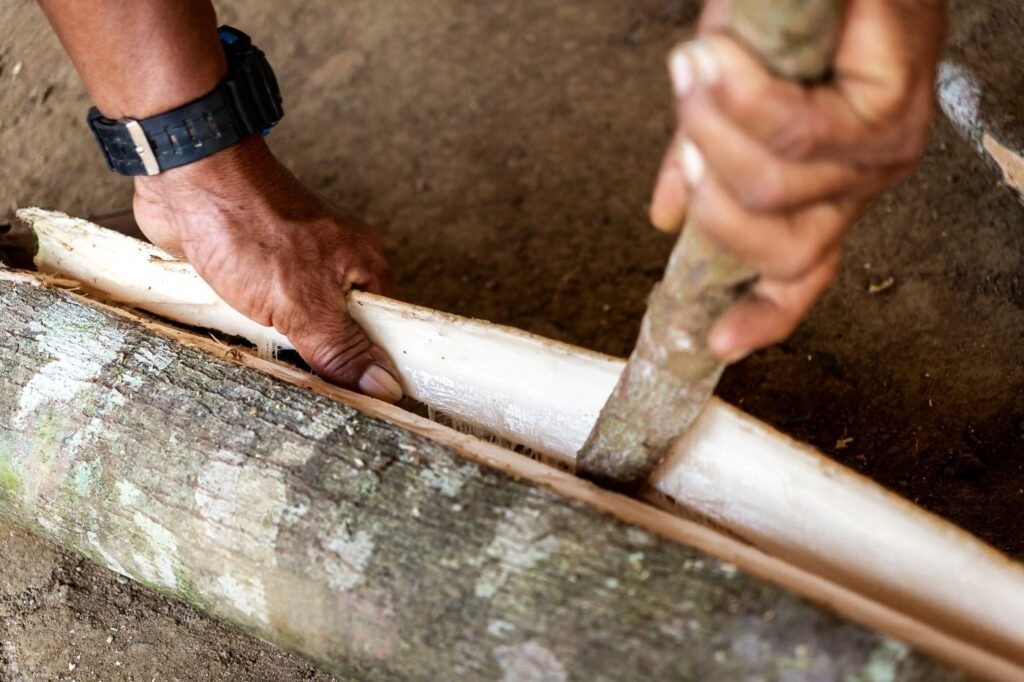
The whip held in the dancers’ hands symbolizes the punishments meted out during colonization. However, it has also been reinterpreted and it is now an object of power and skill, used to mark rhythm and protect the collective memory. “The whip is indeed a symbol of subjugation, but also of transformation. Nowadays it is a ceremonial tool,” Camarena points out.
During every edition of Corpus Christi, this dance reinforces its role in the cultural fabric of Panama. It is not merely a performance. It is a living tradition that resists homogenization.
San Miguel Centro: Heart of the Legacy
A visit to San Miguel Centro is an immersion in another dimension of time. Located 21 miles north of Penonomé, the town sits among fast-flowing rivers and hills that seem to whisper ancient stories. Here there are no large commercial areas or tourist trade. There is, however, a deep sense of community, a spiritual connection with the earth, and a shared conviction that the dance that has been conserved across the years must be preserved for future generations.
Far from drifting away from the tradition, new generations are joining the effort to preserve it. Young people who grew up watching their parents cut the cucúa tree, shape the masks, and rehearse the refrains are now adopting the role of cultural guardians. Some of them have traveled to other provinces to represent the community and others have documented the dance to ensure that it endures.
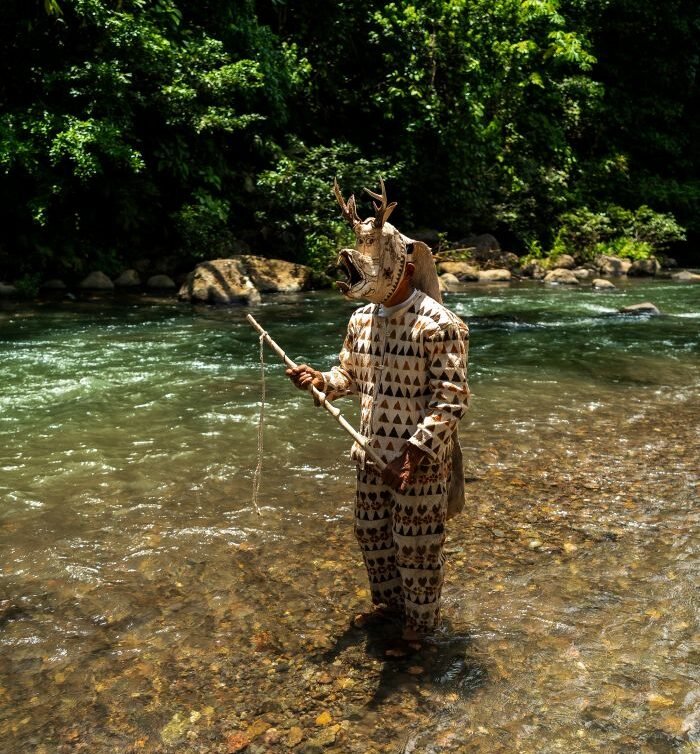
An Invitation to See Things Differently
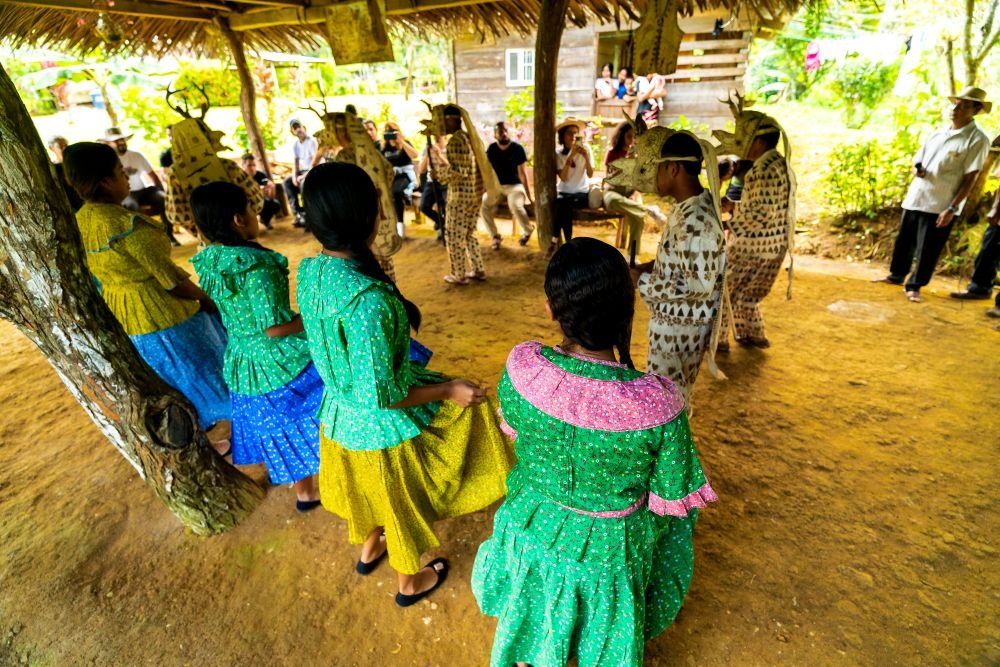
To observe the dance of the Cucúa devils is to attend a ceremony where time bends and ancient roots are embodied in the living. This is not just an event on the religious calendar. This is a space where Indigenous, Afro, and Hispanic traditions coexist, not in opposition, but in a harmony derived from shared experience.
Anyone visiting Panama during Corpus Christi should consider themselves invited to step off conventional paths, head toward the country’s interior, breathe the mountain air, and listen to the drums. This moment may well reveal that some dances are not merely danced, they are lived. In San Miguel Centro, the Cucúa devils dance to keep memory alive.
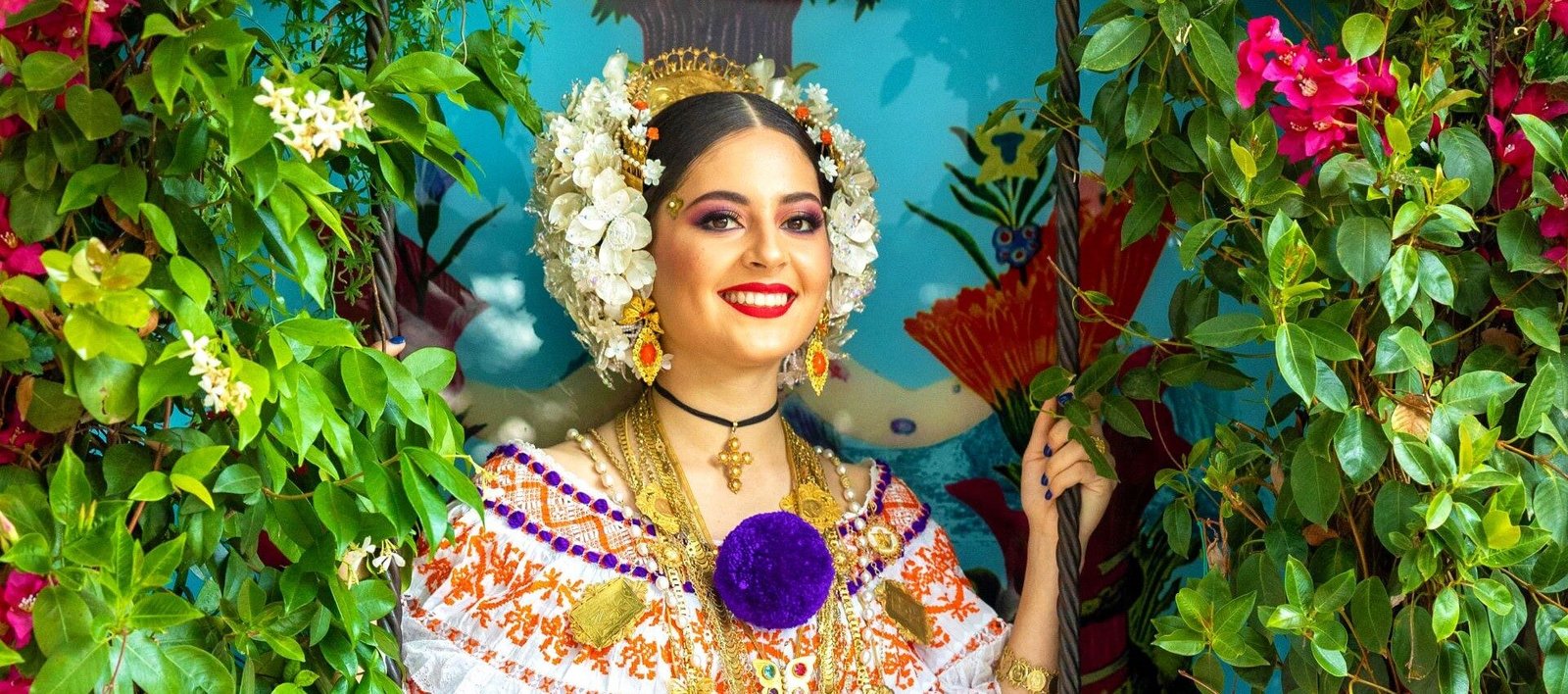
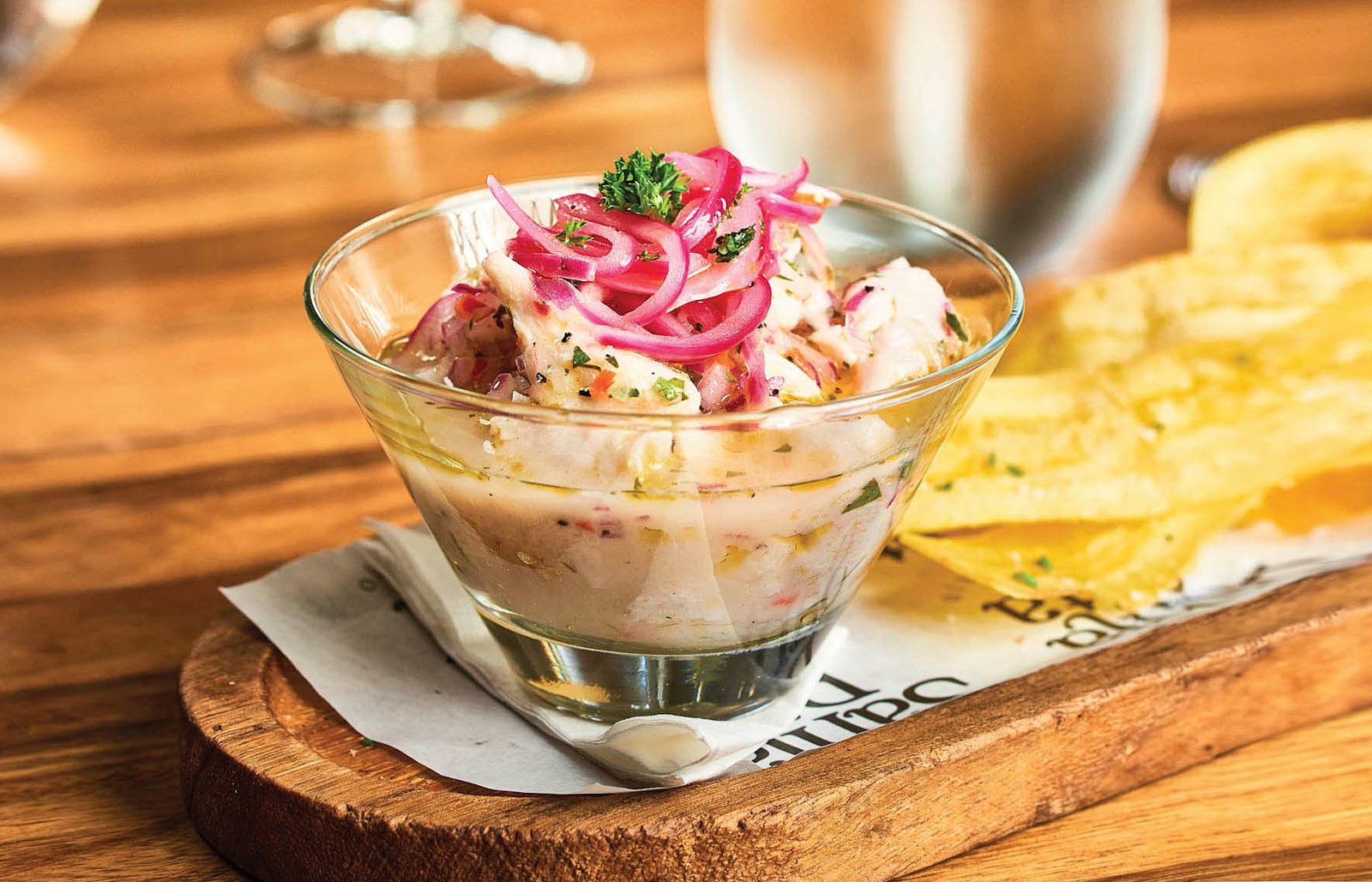


Leave a Reply